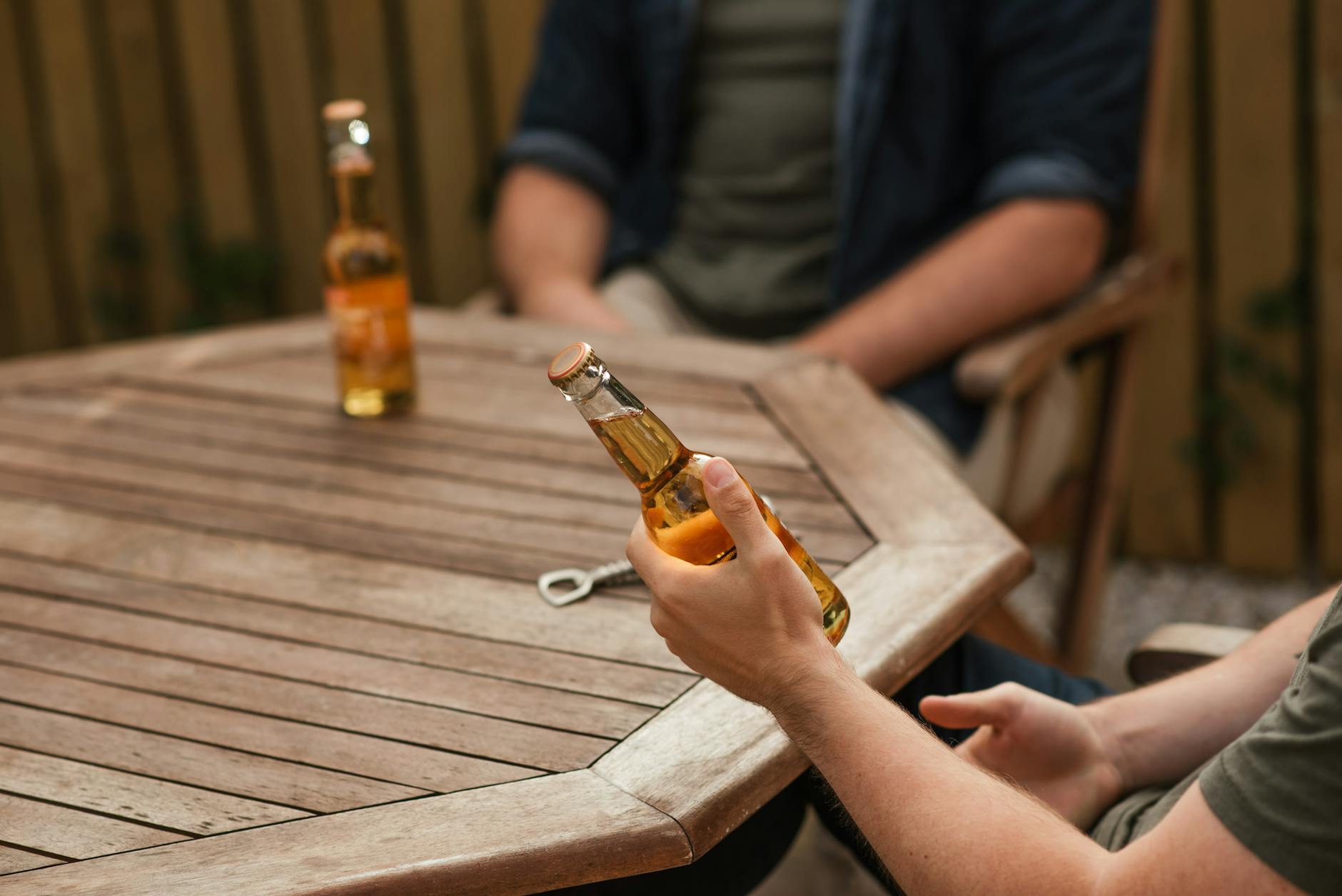Unravel the mysteries of intoxication with a deep dive into the science behind beer and alcohol consumption. Learn more now!
Table of Contents
Alcohol consumption and its effects on the body have long been a topic of fascination and concern for many individuals. One common question that tends to arise is: how many beers does it take to get drunk? While the answer may vary depending on a multitude of factors, diving into the science behind alcohol metabolism, individual tolerance levels, and various influencing factors can provide valuable insight into this intriguing question.
Factors Influencing Alcohol Intoxication
One of the key factors influencing alcohol intoxication is an individual’s tolerance level. Tolerance levels can vary greatly from person to person, influenced by genetic factors, regular alcohol consumption habits, and overall health. Some individuals may require more alcohol to feel intoxicated, while others may reach that point with just a few drinks.
Gender also plays a role in alcohol metabolism and intoxication levels. Generally, women tend to have a lower tolerance for alcohol than men due to differences in body composition, metabolism, and enzyme activity. This means that women may feel the effects of alcohol faster and with fewer drinks compared to men.
Body weight and composition are other important factors to consider when exploring alcohol intoxication. Individuals with higher body weight typically have a higher volume of blood in their bodies, which can help dilute alcohol and slow down its absorption. Conversely, individuals with lower body weight may feel the effects of alcohol more quickly due to a higher concentration of alcohol in their bloodstream.
The rate of alcohol consumption also plays a significant role in determining intoxication levels. Consuming alcohol quickly or in large quantities can overwhelm the body’s ability to process it, leading to rapid intoxication. Pacing oneself while drinking and being mindful of the amount consumed can help mitigate the risk of over-intoxication.
Alcohol Metabolism and Intoxication Levels
Understanding how the body processes alcohol is crucial in determining intoxication levels. When alcohol is consumed, it is absorbed into the bloodstream and metabolized primarily by the liver. The rate at which alcohol is metabolized can vary depending on factors such as age, gender, and overall health.
Blood alcohol concentration (BAC) is a key indicator of intoxication levels and is measured as a percentage of alcohol in the blood. As BAC levels rise, impairment of cognitive and motor functions becomes more pronounced, leading to decreased coordination, decision-making abilities, and increased risk-taking behavior.
Standard drink sizes can help individuals gauge their alcohol consumption and its equivalent alcohol content. One standard drink typically contains around 14 grams of pure alcohol, which is equivalent to a 12-ounce beer, a 5-ounce glass of wine, or a 1.5-ounce shot of distilled spirits.
Tips for Responsible Drinking and Avoiding Over-Intoxication
When it comes to alcohol consumption, it is important to drink responsibly and know your limits. Strategies for pacing yourself while drinking can include alternating between alcoholic and non-alcoholic beverages, eating food while drinking, and setting a limit on the number of drinks consumed.
Knowing when to stop and seeking help if needed are crucial aspects of responsible drinking. If you feel that you are becoming intoxicated or are at risk of over-intoxication, it is important to stop drinking and seek assistance from a friend, designated driver, or medical professional.
Understanding DUI laws and consequences is also important in maintaining responsible drinking habits. Driving under the influence of alcohol can have serious legal and safety implications, so it is essential to plan ahead and make arrangements for safe transportation if you plan on drinking.
In conclusion, the question of how many beers it takes to get drunk is influenced by a variety of factors, including tolerance levels, gender, body weight, and rate of alcohol consumption. By delving into the science behind alcohol metabolism and intoxication, individuals can gain a better understanding of their own limits and make informed decisions when it comes to drinking alcohol. Remember to always drink responsibly, know your limits, and prioritize your safety and well-being when consuming alcohol.
Frequently Asked Questions
How does alcohol affect different people?
Answer 1: Alcohol affects individuals differently based on factors like genetics, tolerance levels, and body composition. Women generally have a lower tolerance than men due to physiological differences.
What is the relationship between body weight and alcohol intoxication?
Answer 2: Body weight can influence alcohol intoxication; individuals with higher body weight may feel the effects less due to alcohol dilution in the bloodstream.
How can I drink responsibly and avoid over-intoxication?
Answer 3: To drink responsibly, pace yourself, alternate with water, eat while drinking, and know when to stop. Seek help if needed, plan for safe transportation, and be aware of DUI laws.
What are the standard drink sizes and their alcohol content equivalents?
Answer 4: Standard drinks contain about 14 grams of alcohol, equivalent to a 12-ounce beer, 5-ounce glass of wine, or 1.5-ounce shot of spirits. Understanding these measurements can help gauge alcohol consumption levels.
Generated by Texta.ai Blog Automation


Leave a Reply